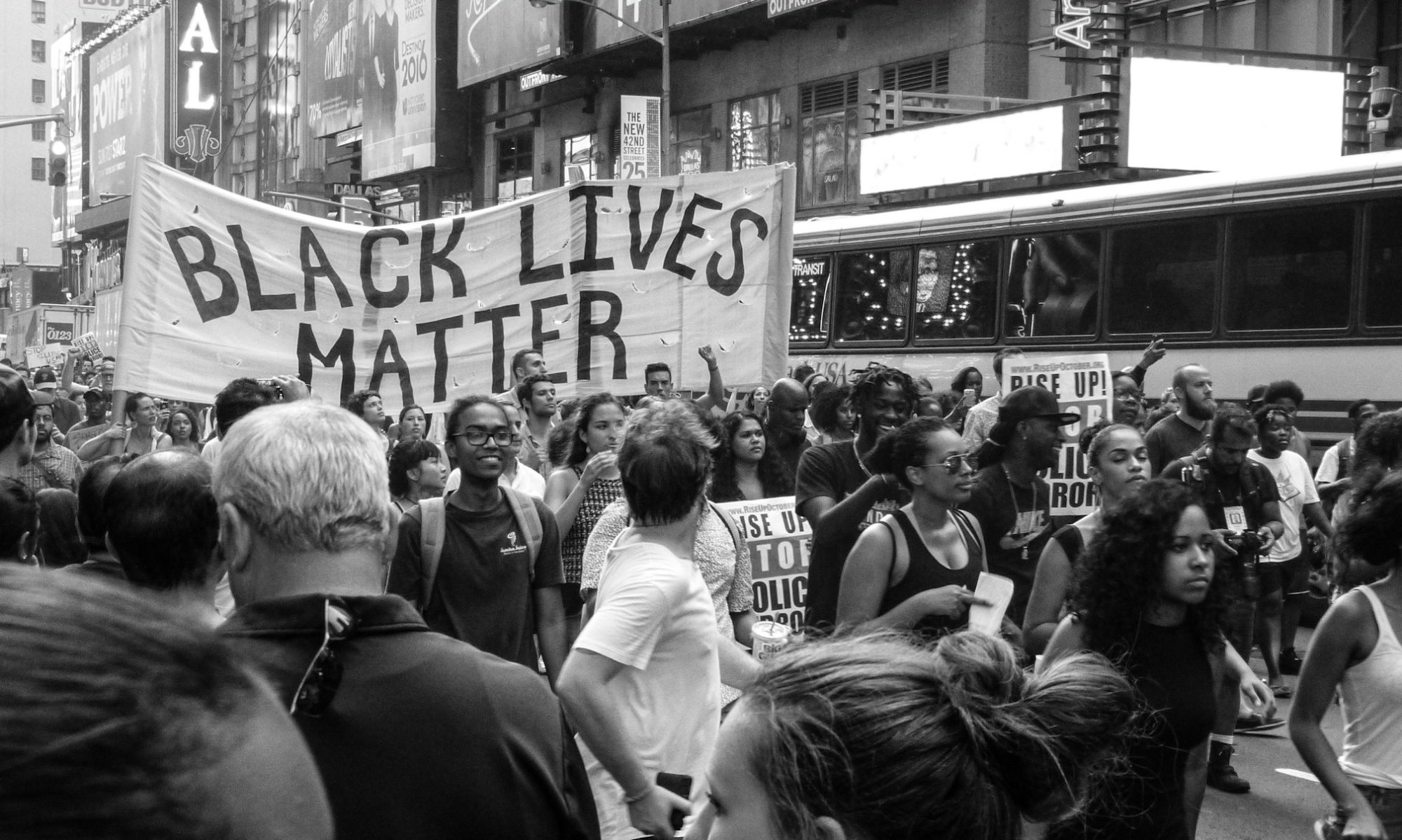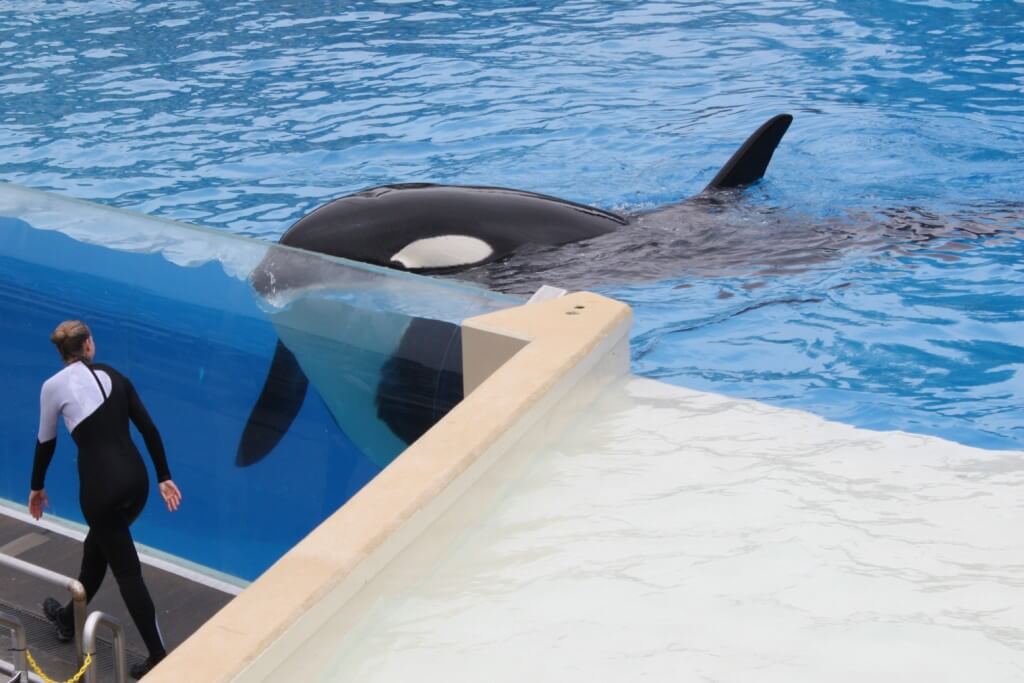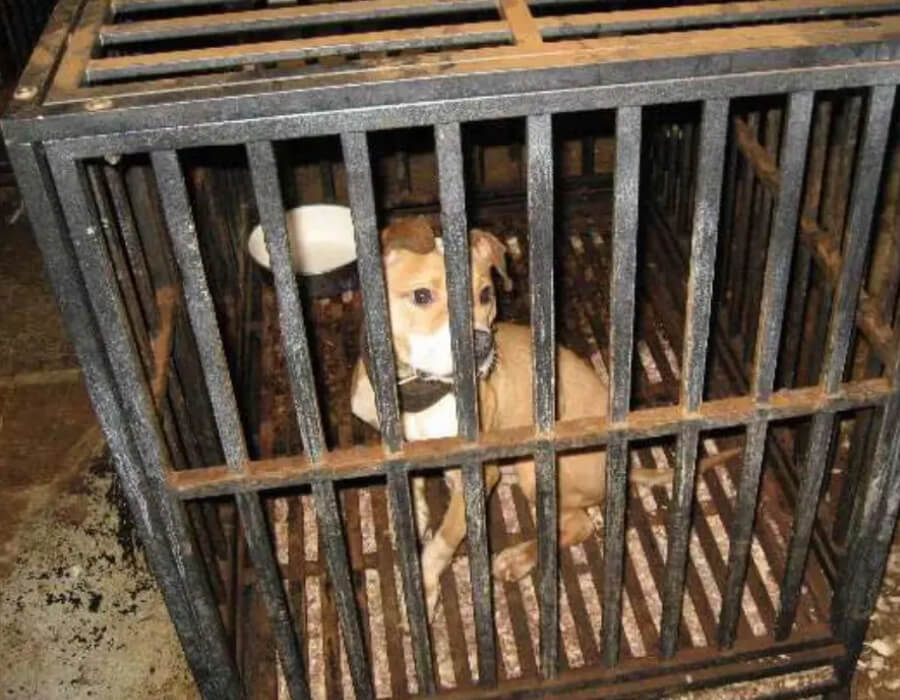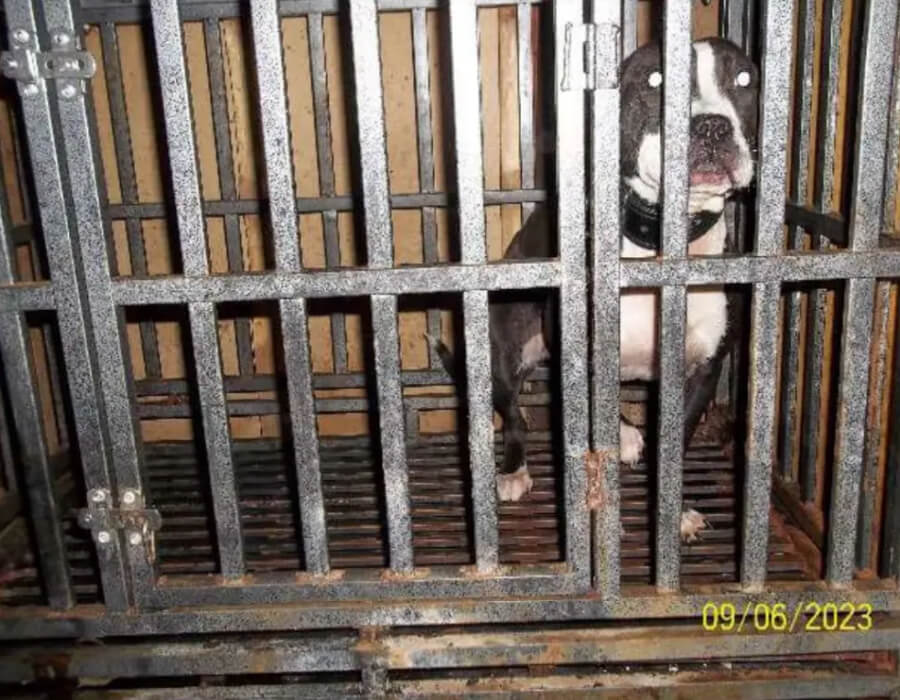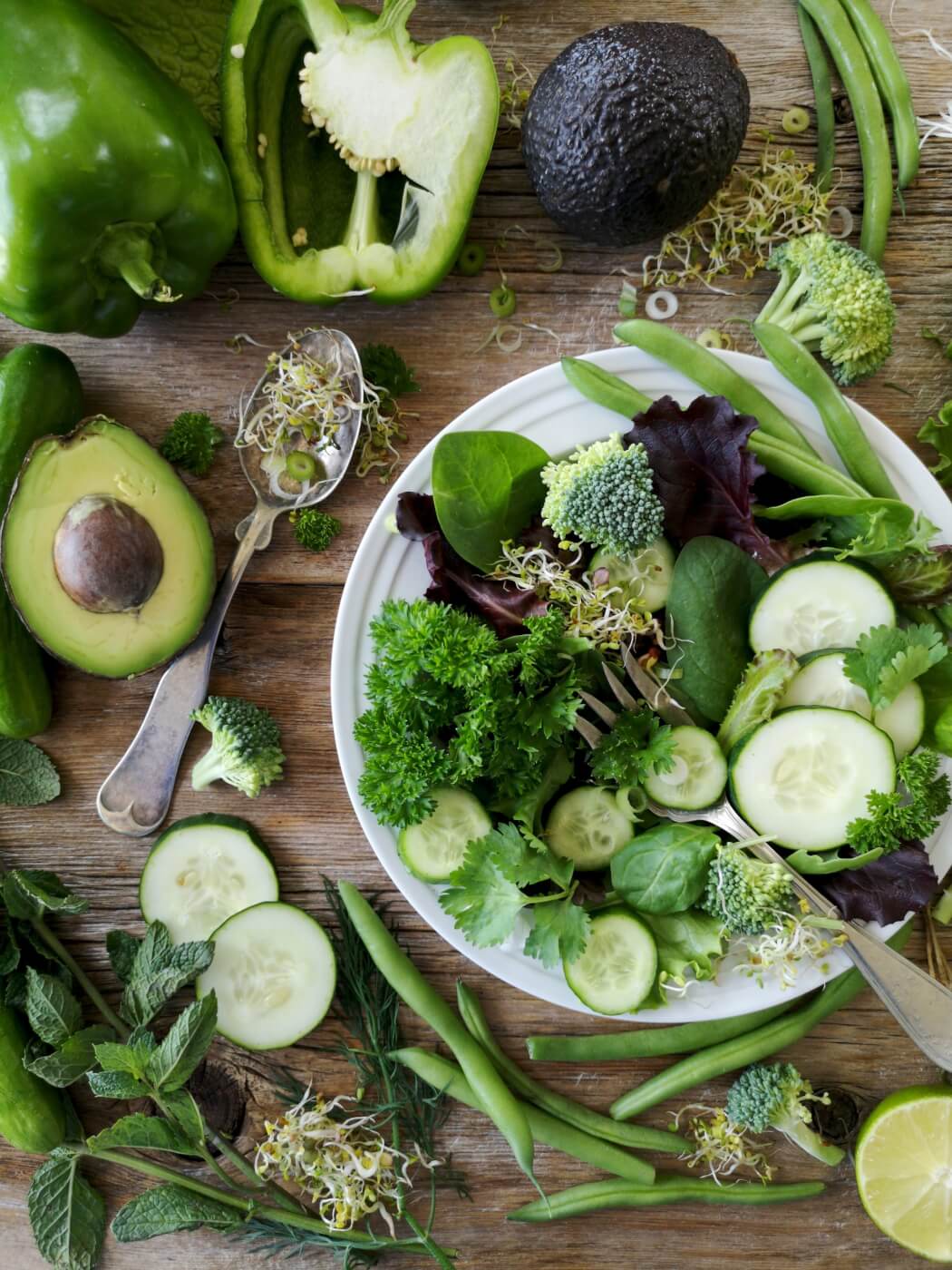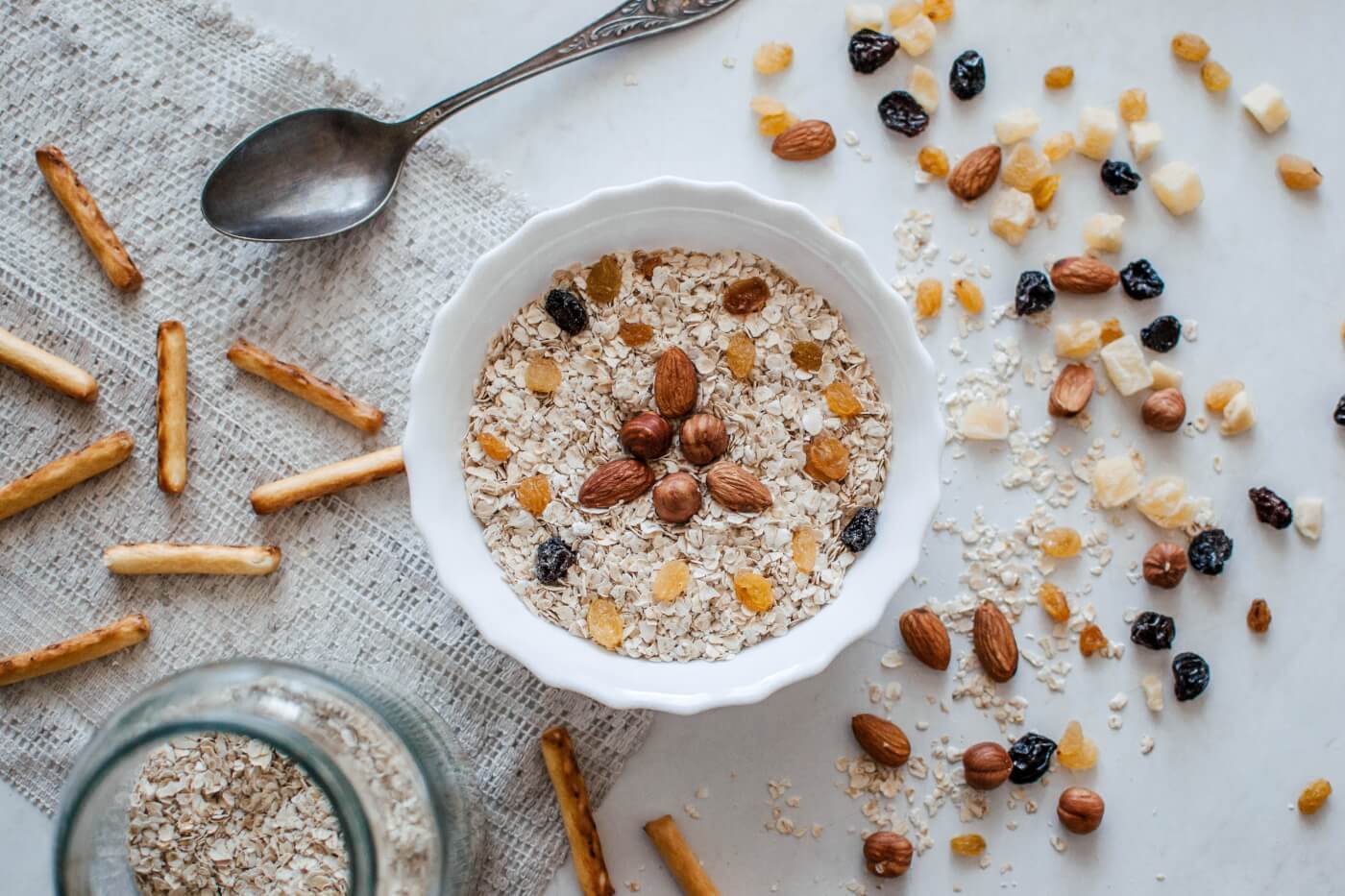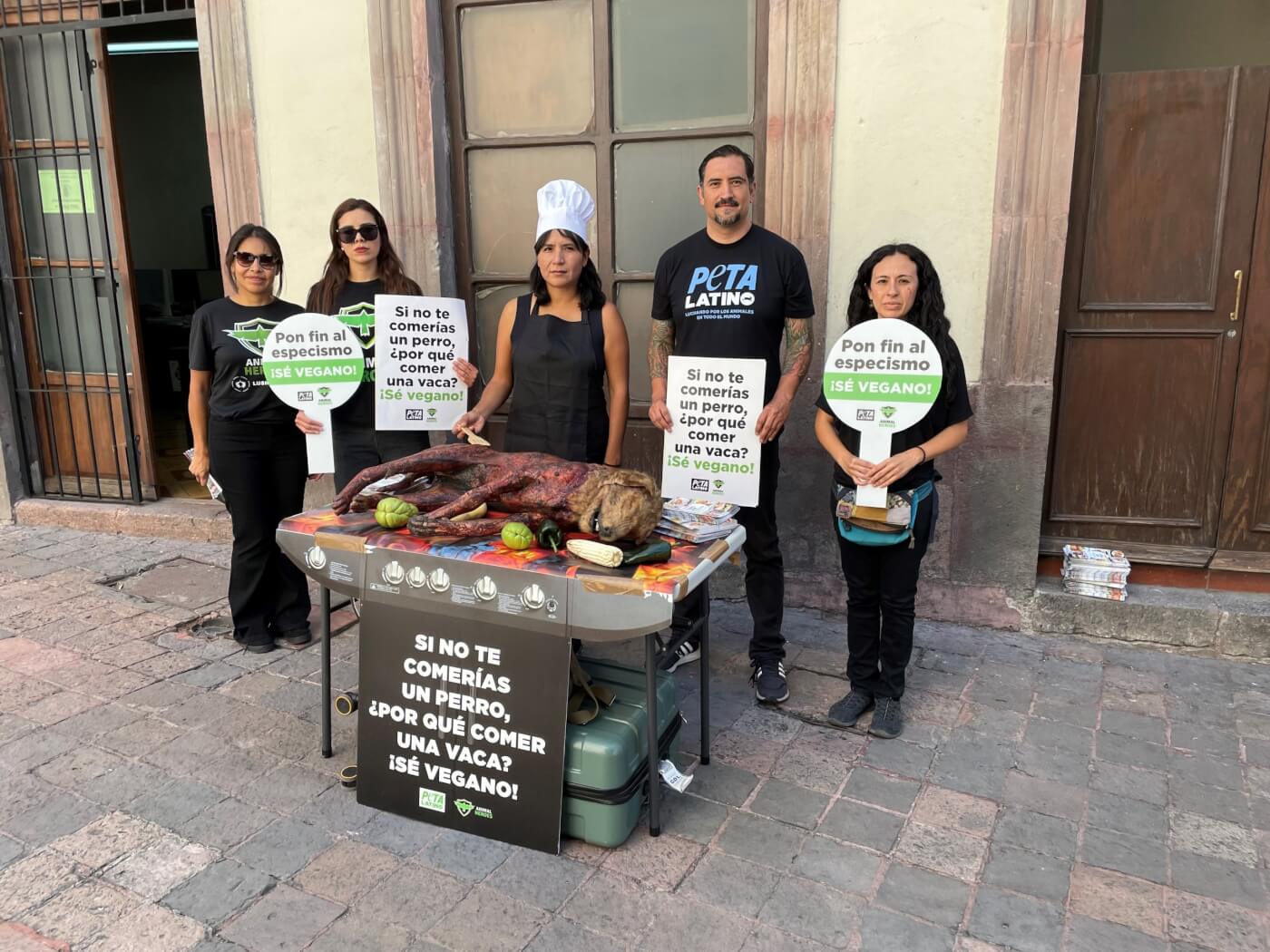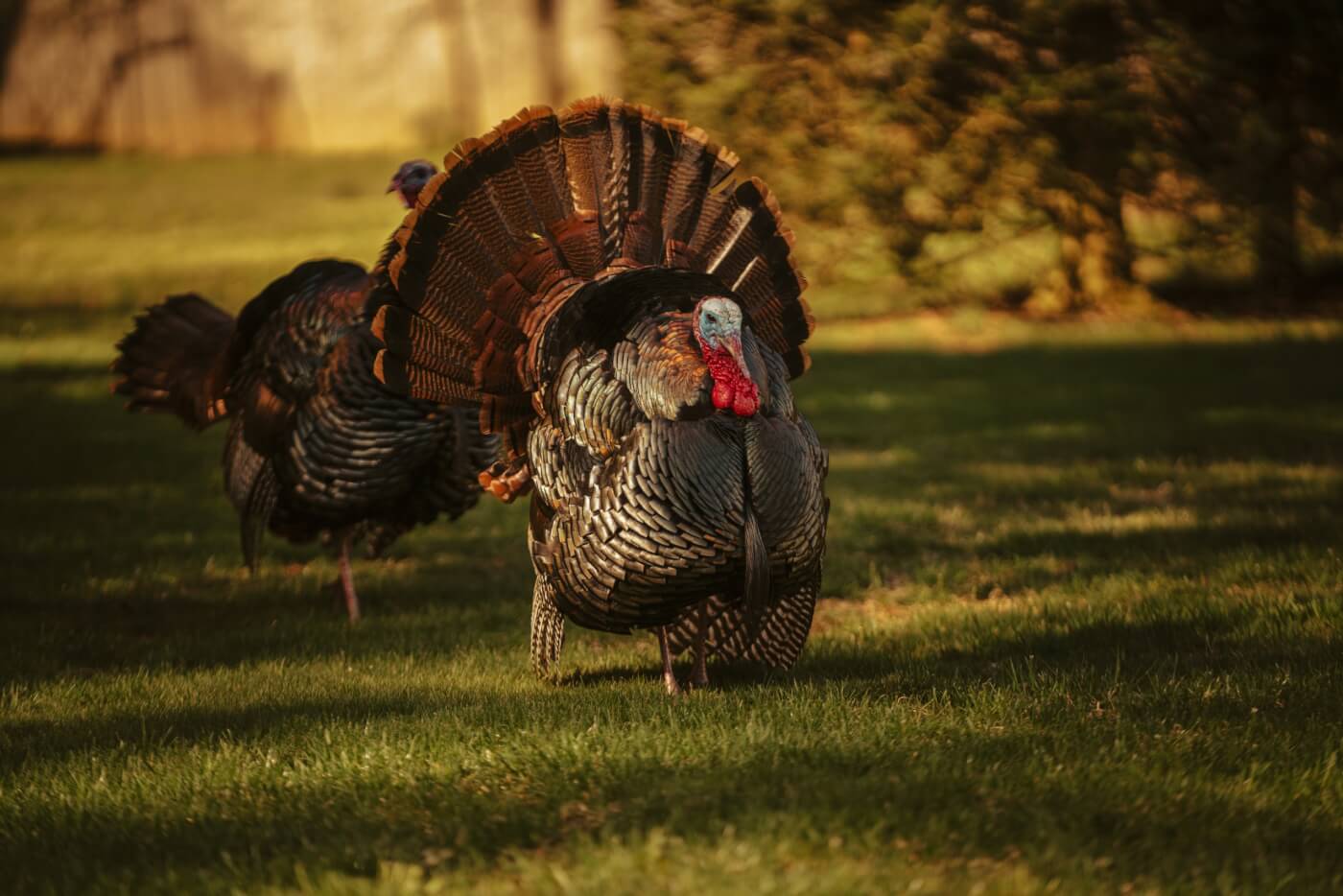The leaves are changing, the air is crisp, and the final harvests are upon us in the U.S. At this time, the veil between life and death thins—at least, that’s what many of us believe.
People from many cultures, faiths, and backgrounds use this opportunity to the fullest, taking up rituals in remembrance of deceased family members, friends, and others who inspired them during their time on Earth.
But what about those who are forgotten?
Remembering—and Honoring—Victims of Exploitation
Often, the victims of normalized exploitation fall by the wayside in our memories. When it comes to the nonhuman victims of human atrocities, they’re lucky even to get a passing thought.
Enter Corky the Orca
The marine park industry took everything from Corky. The orca lost her family in 1969, when she was violently taken from her mother in the waters off British Columbia. She lost her freedom when she was sold into captivity. And during her imprisonment, she lost every one of her seven babies, all within an agonizing decade of her life.
In the absence of altars, incense, and other means to help guide their spirits closer to our world, please hold Corky’s seven dead babies in your memory. They were all needless victims of the animal entertainment industry.
Corky’s Calves
From 1977 to 1986 at the now-defunct Marineland of the Pacific in California, Corky was used as a breeding machine. She was bred with her own cousin six times. Then, after she was sent to SeaWorld San Diego in 1987, she suffered a miscarriage.
Here’s the story behind every baby she had.
- February 28, 1977: Corky gave birth to the first live calf born in captivity. The male calf failed to nurse, and he died of pneumonia in about two weeks.
- October 31, 1978: Corky’s second calf, named Spooky because he was born on Halloween, was born. He also failed to nurse and died of pneumonia. It’s believed that the formula he’d been fed was contaminated.
- April 1, 1980: Corky gave birth to an eight-week premature stillborn calf.
- June 18, 1982: Corky’s longest surviving baby was born. She lived for just 46 days and also failed to nurse. After about a month, Marineland reportedly feared for the calf’s safety as Corky became increasingly rough with her, so the calf was put in a separate tank. She died a couple of days later.
- July 22, 1985: Corky gave birth to a female calf who survived for about a month.
- July 27, 1986: Corky’s last pregnancy at Marineland of The Pacific ended in a miscarriage.
- August 1987: Corky miscarried her last baby, who was found dead at the bottom of her tank at SeaWorld. After suffering this miscarriage, Corky stopped ovulating and was unable to have any more children.
Corky Likely Remembers Her Calves—We Should, Too
After she went through her devastating series of pregnancies, Corky spent a lot of time close to a young female orca named Orkid when they shared a tank at SeaWorld. Orkid’s presence may have filled an aching hole in Corky’s heart, but that peace didn’t last.
One day, Orkid’s mother, Kandu, attacked Corky. While forcefully charging at her, Kandu broke her own jaw, severing arteries in her head. It took 45 minutes for Kandu to die, as her own calf watched.
Never Again
If she had been left in her ocean home, Corky might have had grandchildren of her own. If she had stayed with her family, she’d likely be with her brother and sister Fife and Ripple, who are still swimming free. So then we mourn not only her babies who died but also her potential for a better life, dashed by violent, selfish humans.
Her calves may be dead, but Corky lives on. Please urge SeaWorld to send her to a seaside sanctuary, where she could live out her days in peace and experience some semblance of the life that she has been denied for so long.
The post While Honoring the Dead, Don’t Forget Corky’s Babies appeared first on PETA.
